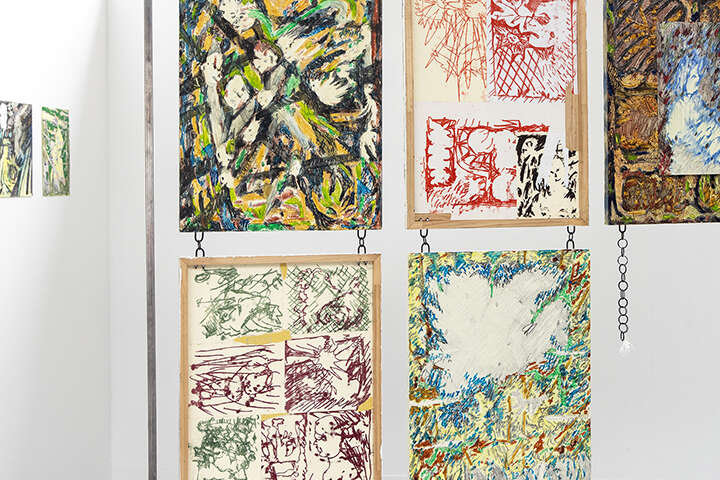Milvia Romici
A Trivial Thing
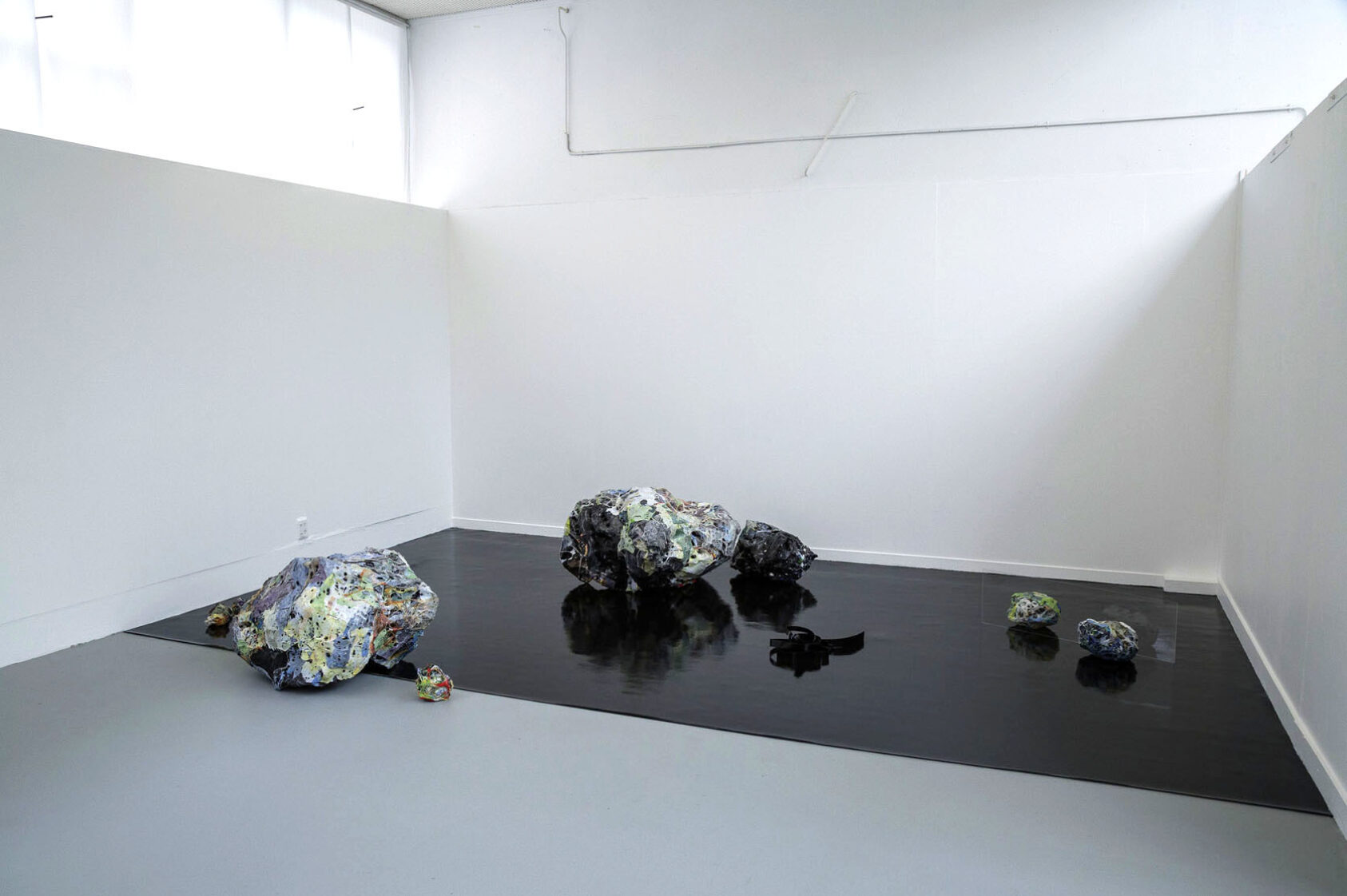
“Plastiglomerate is a new substance; a fusion between natural and manufactured materials. It can be considered as an ecological paradox, something that is neither natural nor synthetic.”
Plastiglomerates are plastic rocks that are formed when plastic debris melts and fuses with natural materials such as sand, shells, wood and coral. They can be formed naturally or through direct human action where extreme temperatures occur. Plastiglomerates can be seen as a symbol of the Anthropogenic impact on the world.
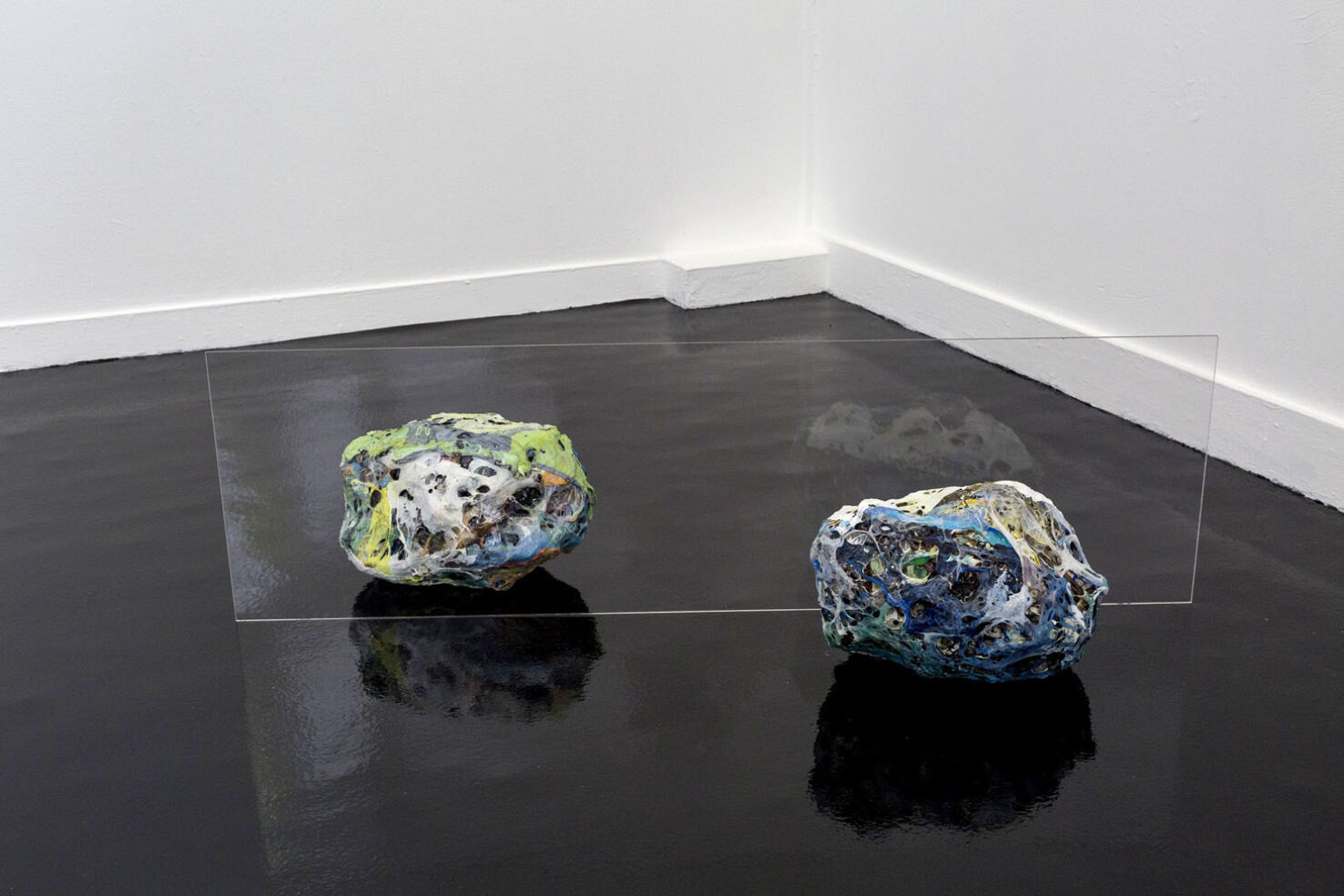

This project is about an exploration of the formal and conceptual qualities of plastic. It considers the cultural narratives surrounding plastic as important indicators for understanding our world and how plastic became the ideal material for the evolution of a capitalist economy.

Employing speculative approaches to new materialities in light of plastic waste in the environment, I have created an imaginary landscape as a way to raise questions regarding the future of our planet as nature adapts to a plastic environment.
The rocks and hybrids are made from discarded plastic bags that were collected and classified according to their material properties. I developed three different approaches of fusing layers of plastics. Some rocks are solid, made with approximately 80 plastic bags each with naturally produced colours from the heating process.
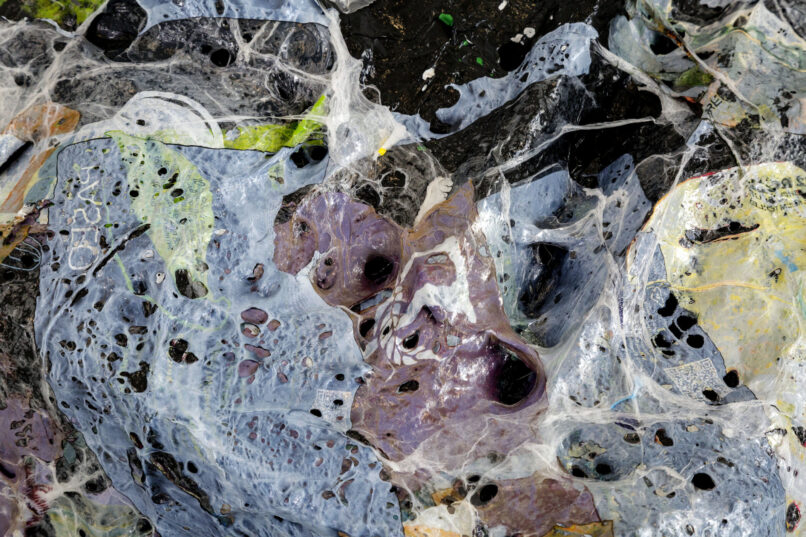
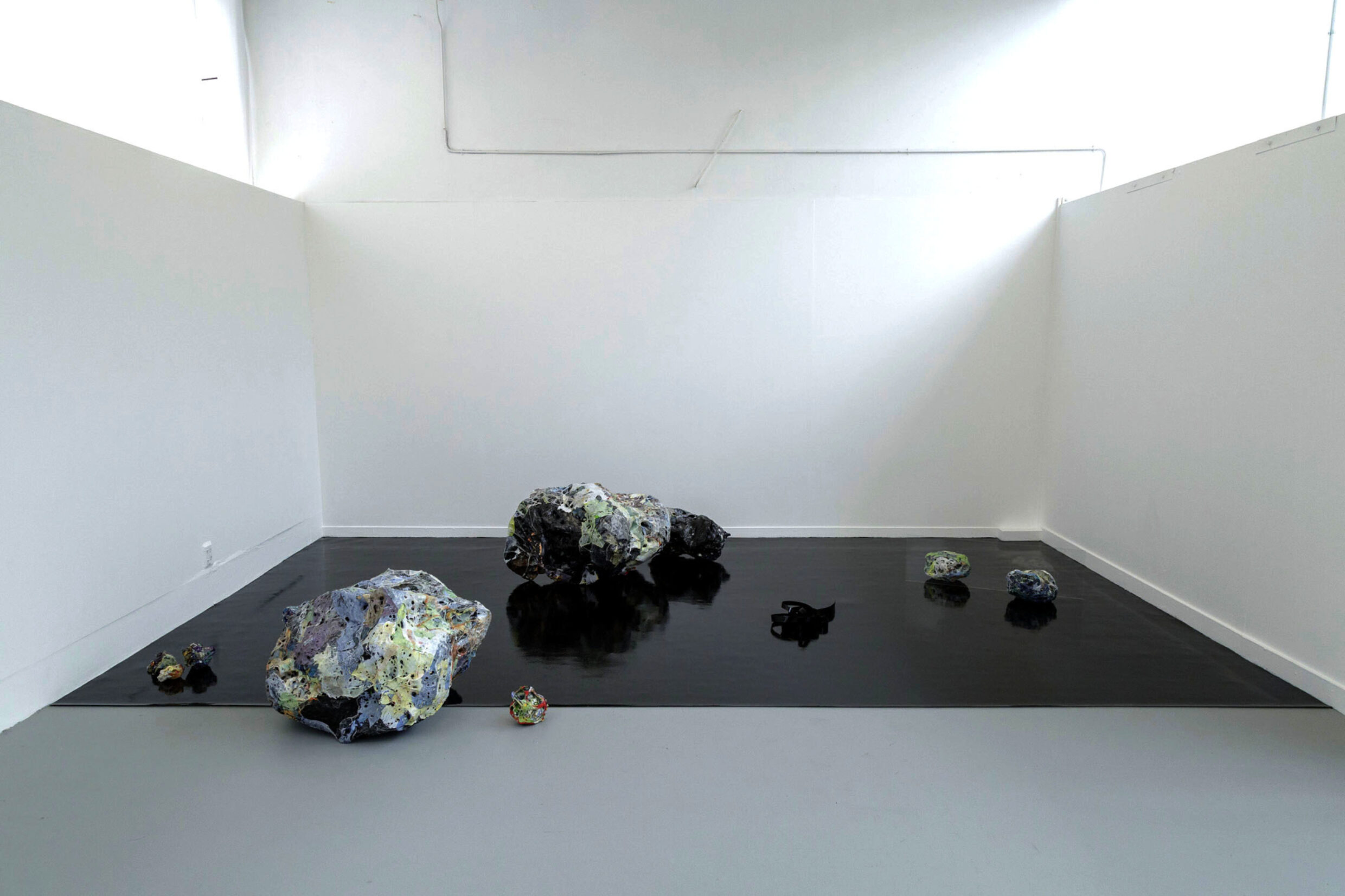
Plastic objects encapsulate a hidden universe of refuse, socio-economic systems and environmental destruction.
Plastic production accounts for at least a quarter of the oil extracted in the world. Because of its attractive and practical qualities, plastic has benefited global trade and consumerism, reinforcing oil as the driving force for capitalism.



